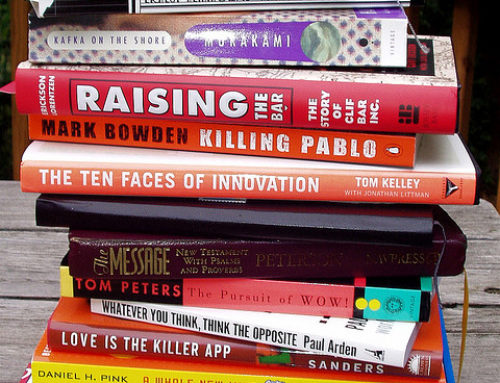Anyone who has been a high school student likely remembers that one novel everyone hated. The specific novel varied from school to school, but the attributes were the same: it was inexcusably long, the language was thick with outdated idioms, and the characters often showed a severe lack of good judgment. Laboring through one of these novels for a class was just that: labor (and that probably more in the delivery-room sense).
When it came to homework management, our strategies for dealing with such monstrosities often ranged from valiantly falling asleep on page four to ignoring the novel’s existence entirely, neither of which were good for our grades. So how does one tackle the dry novel? A couple pointers can help.
Savor the First Bite
Imagine your favorite meal. Imagine the smell, the way it makes your mouth water, and the very first bite. You savor it as long as you possibly can, and because of that, you get a very good sense of exactly what that meal tastes like.
When it comes to long, dry novels, sometimes we just need a sense for how the novel “tastes.” Drink deeply from the first few pages, take special note of the author’s use of language, and familiarize yourself with the setting and the characters. Look up as many unfamiliar words as you possibly can. This may take a while, but it has a very valuable result that will save you time in the long run: you will understand the author.
You see, because you took the time to drink in the “flavor” of this novel, you have gained a sense for how the author expresses ideas. You catch the flow of the author’s language and can follow it more easily. The rest of the novel will be much easier, and you will get more out of skimming and speed-reading.
The Hourglass Effect
Now, think of a novel as an hourglass: the top and bottom are both wide and heavy, and the middle is not so much. Similarly, the beginning of a novel gives you the atmosphere, introduces the characters, and gives you a sense for how the author expresses concepts, which all have significant “weight” on our understanding of the story. The end gives the ultimate climax and the resolution of conflict, which are equally important.
The middle is also important, since it connects the beginning to the end, but we don’t necessarily need all the details to see how the story works itself out. We can get away with a more basic understanding of this part. Therefore, we don’t need to spend as much time on the details building up to the ending as we do on the beginning and ending themselves. When time is short and you need to skim or skip around, the middle of the novel is the place to do it.
These are just two general tips on getting the most out of your homework time. Much more information is available on our site, so contact us to learn more.









